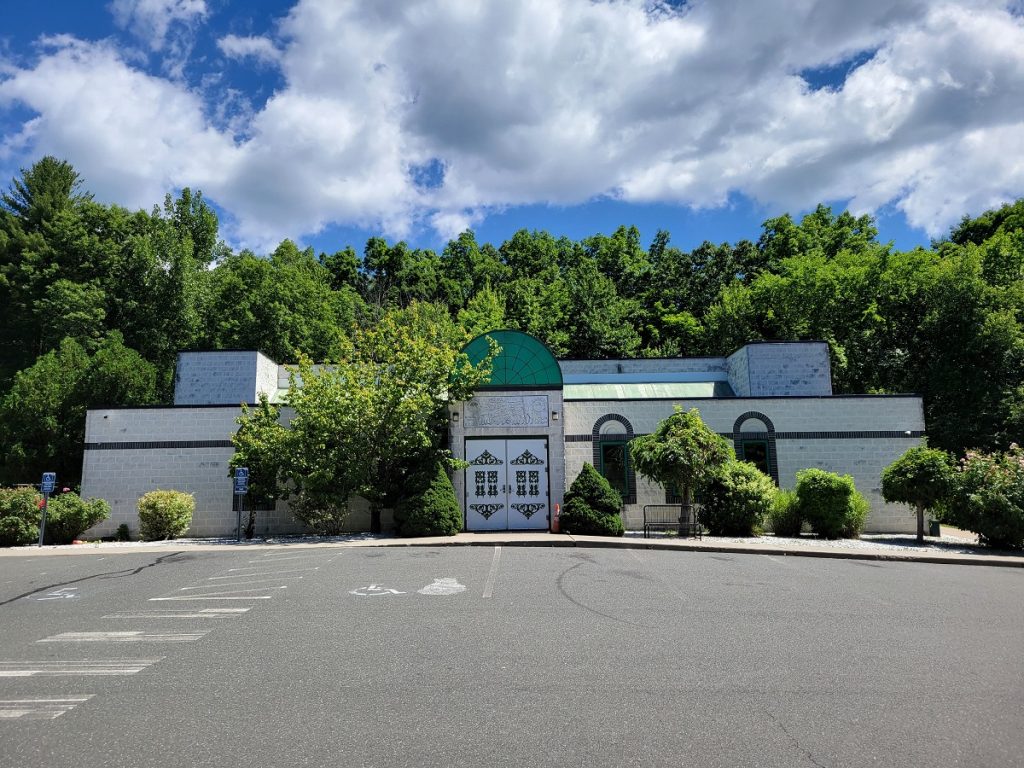Connecticut, one of New England’s most diverse and historically rich states, is home to a vibrant and steadily growing Muslim and Arab population. Over the past several decades, families from across the Middle East, North Africa, South Asia, and the Horn of Africa have made Connecticut their home — drawn by its strong educational system, career opportunities, and welcoming multicultural environment.
According to community organizations, tens of thousands of Muslims now live across the state, with the largest populations concentrated in Hartford, New Haven, Bridgeport, Waterbury, and Stamford.
1. Historical Background and Demographic Growth
The Arab and Muslim presence in Connecticut dates back to the early 20th century, when Lebanese, Syrian, and Palestinian immigrants began arriving to work in textile factories and small businesses. In the decades that followed, newer waves of immigrants from Egypt, Iraq, Yemen, Somalia, Pakistan, and Sudan expanded the community’s cultural diversity.
Today, Connecticut’s Muslim and Arab population represents a wide spectrum of linguistic, ethnic, and national backgrounds, united by shared traditions, faith, and community service.
2. Islamic Centers and Mosques: Anchors of Faith
Connecticut’s network of mosques and Islamic centers plays a central role in community life. These institutions not only serve as places of worship but also as centers for education, youth programs, and interfaith dialogue.
Some of the most prominent include:
-
Islamic Center of Connecticut (Windsor): A large and active mosque offering daily prayers, Quranic classes, and interfaith outreach.
-
Masjid Al-Islam (New Haven): One of the oldest mosques in the state, known for its role in civil rights activism and community leadership.
-
Bridgeport Islamic Community Center: Serving a diverse group of families from Arab, African, and South Asian backgrounds.
-
Islamic Center of New London: A hub for educational and social events in the eastern part of the state.
Many mosques also run weekend schools, youth mentorship programs, and women’s study circles, emphasizing both spiritual growth and social empowerment.
3. Arab Cultural and Social Organizations
The Arab community in Connecticut maintains a rich cultural life through heritage associations, student groups, and family networks. Events celebrating Arab American Heritage Month, traditional music, and Middle Eastern cuisine are becoming more prominent across the state.
Organizations such as the American Arab Anti-Discrimination Committee (ADC-CT) and Arab American Civic Council of Connecticut advocate for representation, human rights, and youth participation in public life.
Meanwhile, university student associations at UConn, Yale, and Central Connecticut State University organize cultural nights and charity drives that bring together Arab and non-Arab students in a spirit of inclusion.
4. Economic and Educational Contributions
Connecticut’s Muslim and Arab residents are active contributors to the state’s economic and intellectual landscape. Many are business owners, doctors, engineers, and educators, while others serve in local government and nonprofit organizations.
The community places a strong emphasis on education, with second-generation youth excelling in STEM, medicine, and law. Local Arabic schools and Islamic academies reinforce bilingual learning and cultural pride, helping children stay connected to their heritage.
5. Interfaith and Civic Engagement
In recent years, Muslims and Arabs in Connecticut have played a key role in interfaith initiatives and social justice advocacy. Through partnerships with churches, synagogues, and civic groups, they have participated in refugee support programs, food drives, and anti-discrimination campaigns.
Connecticut’s interfaith coalitions have often highlighted the Muslim and Arab community’s role in promoting tolerance, dialogue, and mutual understanding, particularly in the post-9/11 era and during humanitarian crises in the Middle East.
6. Celebrating Faith and Identity
Religious holidays such as Eid al-Fitr and Eid al-Adha are celebrated widely across Connecticut, often in local parks, mosques, and community centers. These events draw large crowds and include communal prayers, cultural performances, and food festivals — symbolizing unity and joy.
Arab cultural events showcasing traditional music, dance, and cuisine have also gained popularity, helping bridge generational and cultural gaps within the community and beyond.
Conclusion
The Muslim and Arab community in Connecticut continues to flourish — grounded in faith, family, and service. Through education, entrepreneurship, and civic involvement, this community has become a cornerstone of Connecticut’s evolving multicultural identity. As it grows, it strengthens the state’s legacy of diversity, compassion, and opportunity for all.

